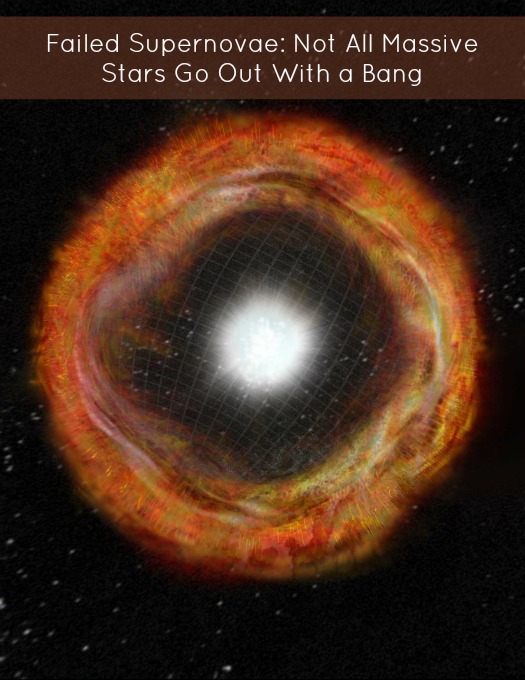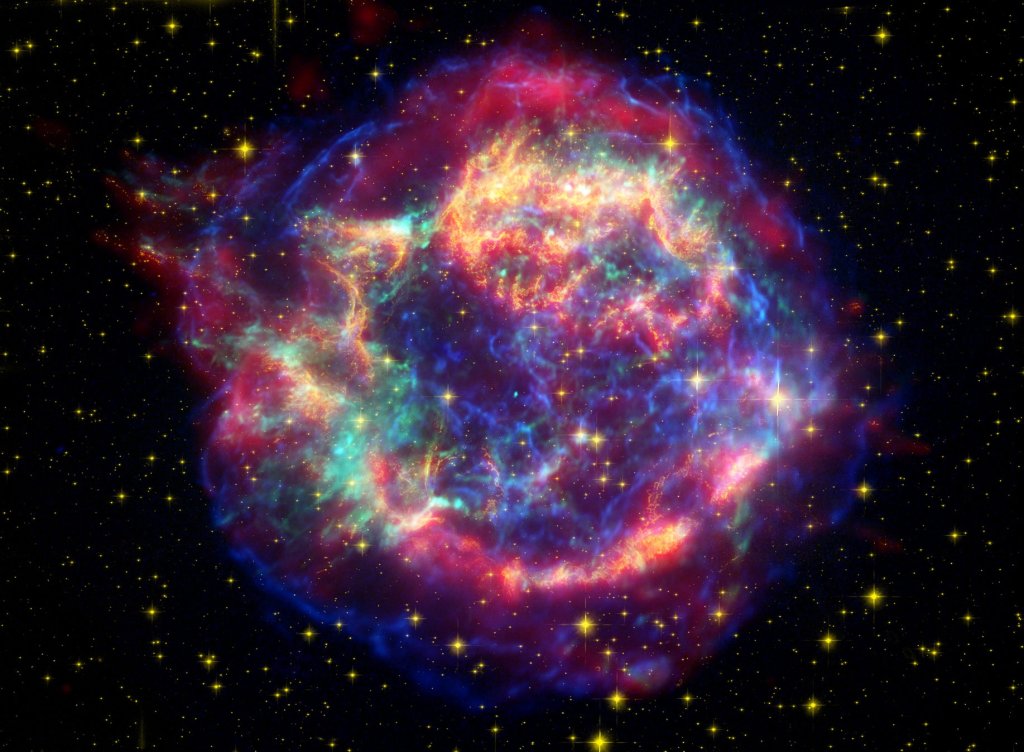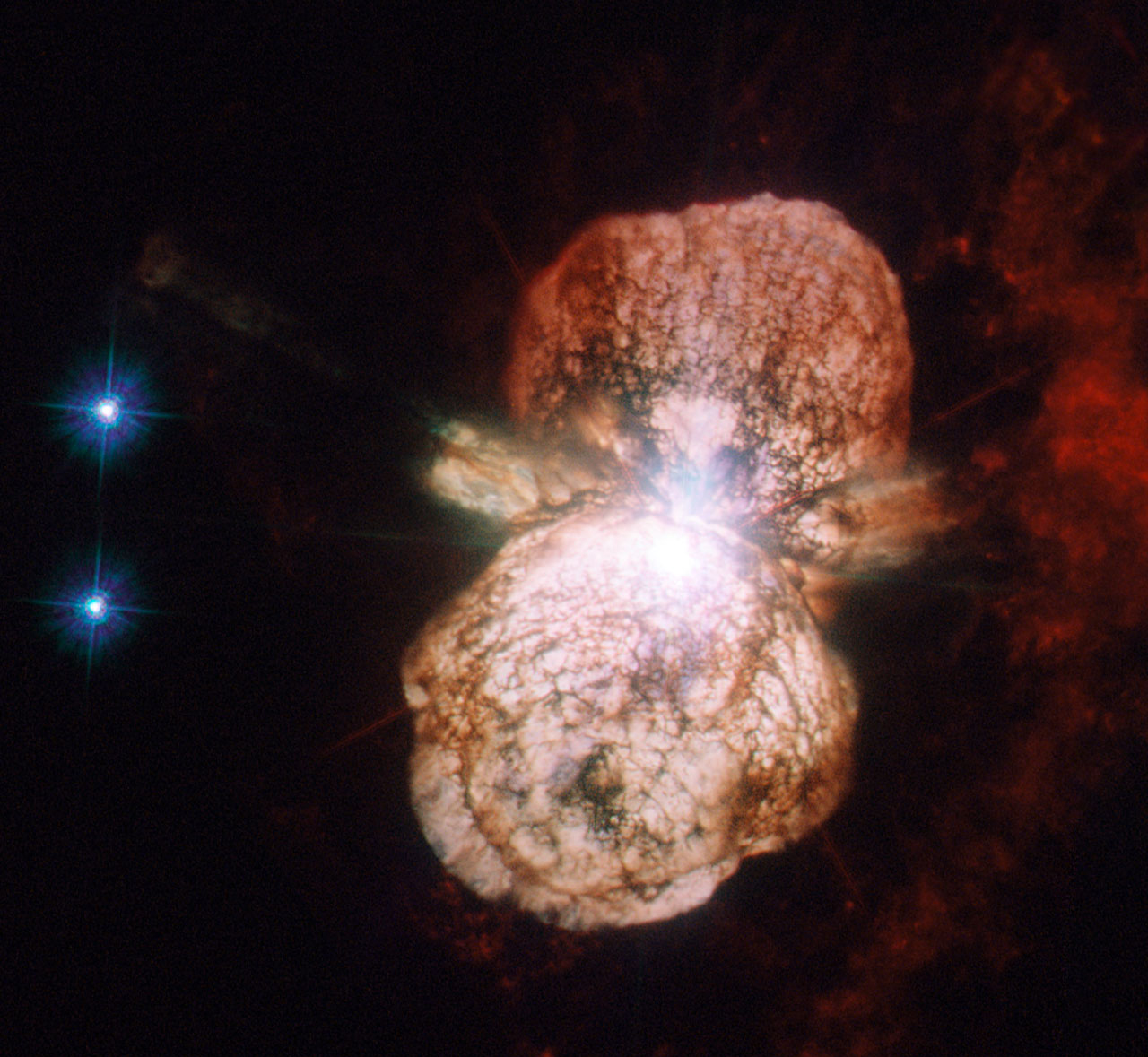
What you didn’t know that you didn’t know about the formation of stellar-mass black holes

Black holes come in a whole bunch of different sizes. Starting with the hypothetical micro black holes, which have as much mass as a flea or a stone. Next there is the stellar-mass black hole and the formation process we will be discussing. Finally, there are the black holes of the supermassive kind. The actual formation of a stellar-mass black hole through core-collapse is quite complicated, as you can imagine.
For years, we’ve all been told that when a supernova occurs and the progenitor had a Zero Age Main Sequence (ZAMS) mass of 8-20 solar masses, it will end as a neutron star. Twenty or more solar masses and a black hole will be left behind. Would it surprise you if I said that this was wrong? I don’t mean wrong as in, a 21 solar mass star could still end up as a neutron star kind of wrong. I mean, a 12 solar mass star just became a black hole kind of wrong! As an additional to the previous sentence, we haven’t actually discovered a 12 solar mass star becoming a black hole.

At first this may seem a bit ridiculous, as I am going to explain, the formation process involved in forming a black hole is pretty complicated. Previously I have written on the formation of black holes through core-collapse supernovae, this does need to be expanded upon.
A brief summary of what has already been discussed:
• Stars with ZAMS over 8 solar masses end as a neutron star as their core is over the 1.44 solar mass threshold. They’re too massive for electron degeneracy to stop further collapse.
• When a massive star of 40 solar masses undergoes a supernova, the proto-neutron star that forms at this point is only 2-2.5 solar masses. This is at t=0.
• An 80 solar mass ZAMS star will have a proto-neutron star of 2.5-2.8 solar masses, but a black hole ~20 solar masses will eventually be the result.
• Stellar material that doesn’t escape the proto-neutron star’s gravitational well falls back to form the black hole.
So, to get the ball rolling, let’s discuss a theoretical star with a ZAMS of 12 solar masses. In theory, this star will have a fairly short life as it is pretty big, it’ll end in a supernova and form a neutron star, possibly around 2 solar masses. Of course, it is never that simple! What actually happens is, this 12 solar mass star would have originally formed a proto-neutron star closer to ~1.6 solar masses. Post supernova, some of the material never gains the escape velocity required and falls back onto the proto-neutron star. There we have it: a proto-neutron star becomes a fully fledged neutron star of ~2 solar masses! In earnest, there is no real difference between them (the two neutron stars), just ways of differentiating between the two. Proto-neutron star refers to the degenerate core at the time of core collapse.
What if this didn’t quite happen?
What if, due to some circumstances, there wasn’t enough kinetic energy in the supernova to blast most of its mass into the universe? This, my friends, is a failed supernova (or so we currently think). Some 20% of all core collapse supernovae, never actually supernova. A star out there one day, it brightens briefly and then vanishes, never to be seen again. It is not THAT different from an ordinary supernova in that respect, only no beautiful Supernova Remnant to image though.

A strange irony is that we’ve spent years trying to run computer models of supernovae, figuring out how they work on the inside and failing at successfully reproducing a supernova. We understand the less common type of supernova (failed supernova) better than the real thing. In the end, it all boils down to a lack of kinetic energy; in our models we simply couldn’t produce enough.
More recently, neutrino boiling was considered, this was a big step towards being able to computer model a supernova. More successful supernovae could be modelled when both neutrino boiling and core bounce were used together, it is likely that the two of these together would make for a more realistic simulation.

As a star becomes more massive, more kinetic energy is required to remove the outer layers. If you think about it, a very massive star of 80 solar masses may form a 2.8 solar mass proto-neutron star at the time of core collapse, yet a 20-30 solar mass black hole could be the end result. If you stop and think about it for a moment, it does make sense. The kinetic energy output of a star undergoing a core collapse will not follow a linear curve as mass increases, its gravitational well sure doesn’t! So, the larger the star, the less of it that goes off into the universe while more is gobbled up by the newly formed black hole.
It is at this point that I can tie in several different concepts to make a complete picture:
• A hypernova is where a large star fails to completely supernova. A larger portion of the star falls back onto the core and a smaller percentage goes off into the cosmos.
• The Fireball Model explains what happens within a hypernova. It also explains how a gamma-ray burst occurs and why we observe what we do. The distinction between a hypernova and a supernova can be whether the jets are facing us or not. Jets not facing us, supernova. Jets facing us, hypernova.
There we have it, stars don’t always go BOOM in the same way. At times there is just not enough energy to blow away all of the material. In theory, your original 12 solar mass star could fail to supernova. A supernova failure is far more likely to occur in a larger star where lack of kinetic energy is already an issue. A failed supernova, still in essence, is a supernova, albeit a weaker one. If a supernova fails, it will almost always produce a black hole.

As to what actually causes it, is currently under speculation. Some possibilities are faster than normal rotating cores and unusual magnetic field strengths. Maybe for some reason the proto-neutron star formed slower than usual, releasing the neutrinos over a longer time scale (50ms opposed to 5ms). Whatever the cause, it is just awesome to know that a star can quite simply, vanish!